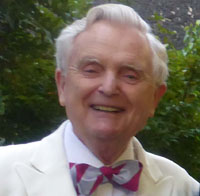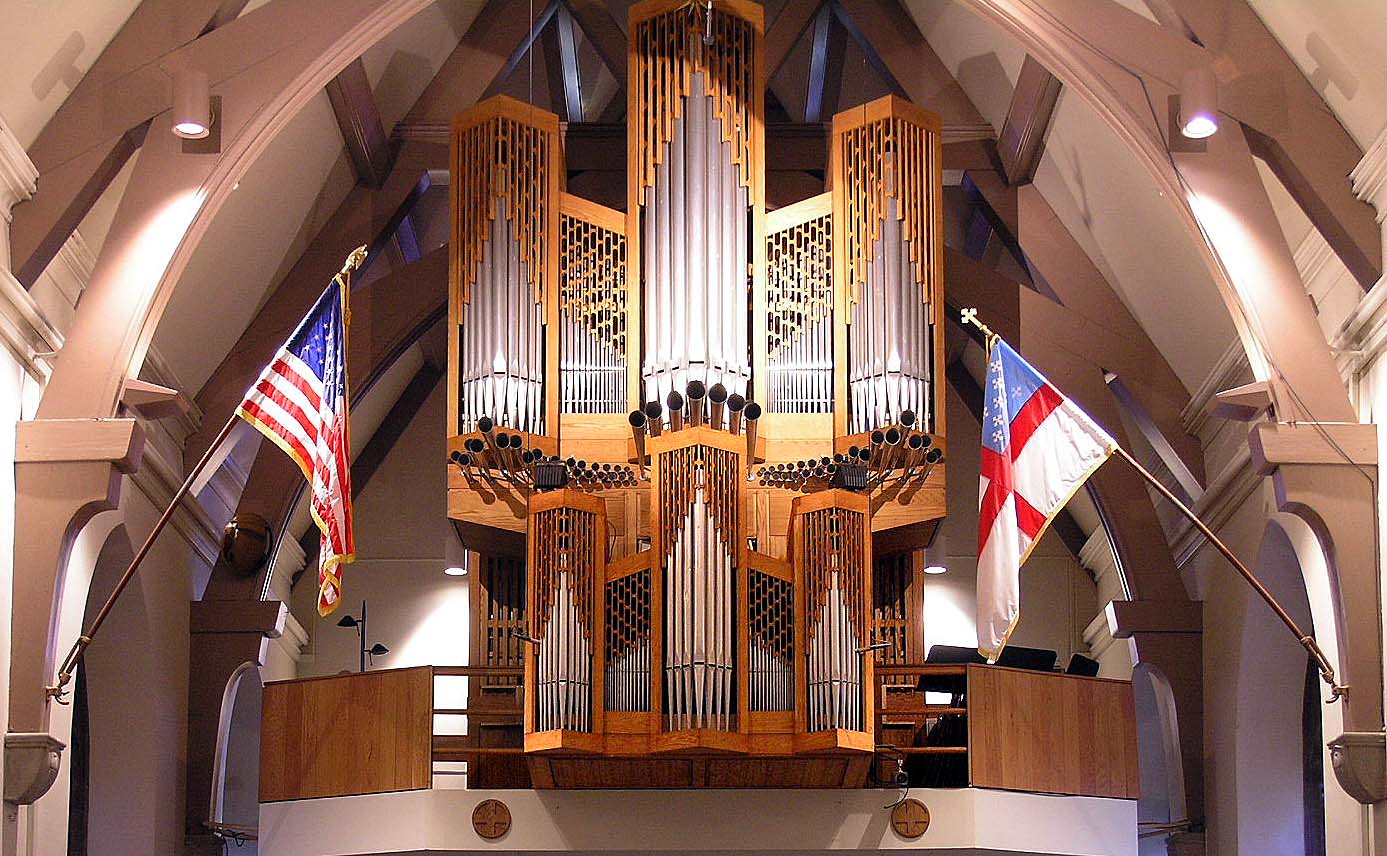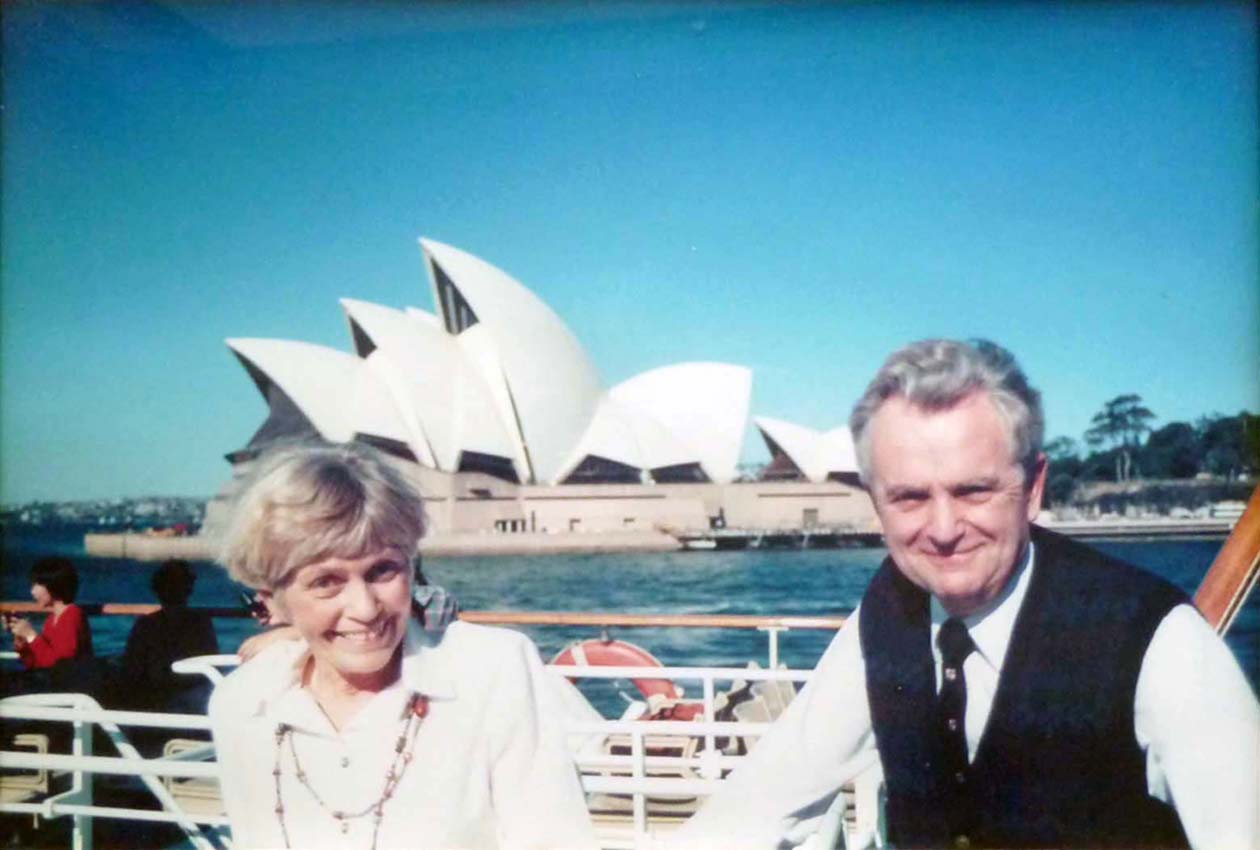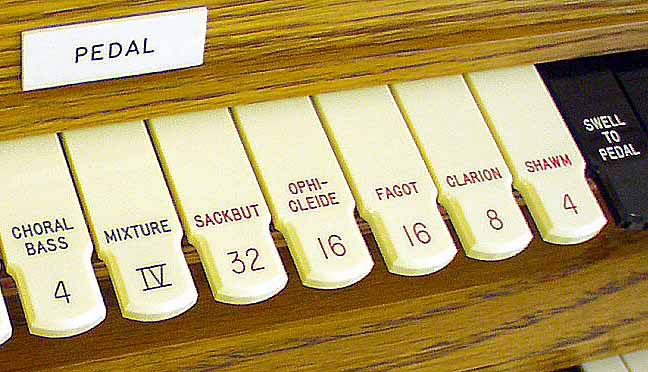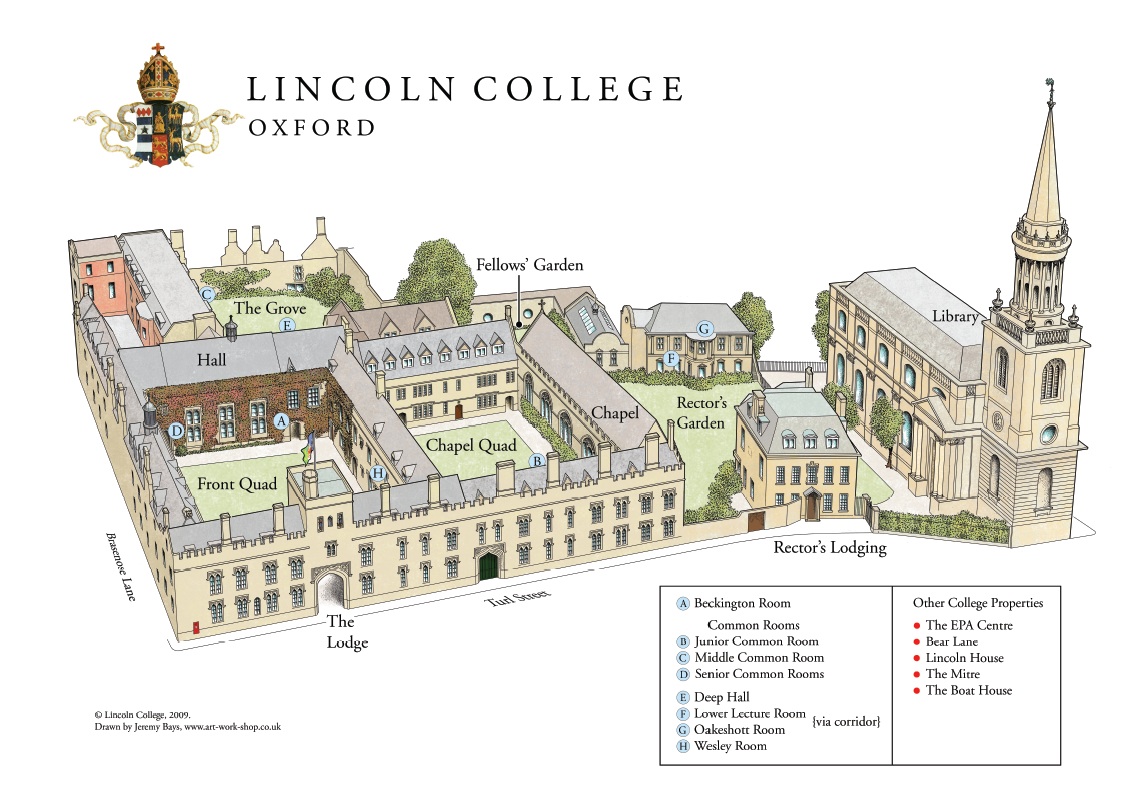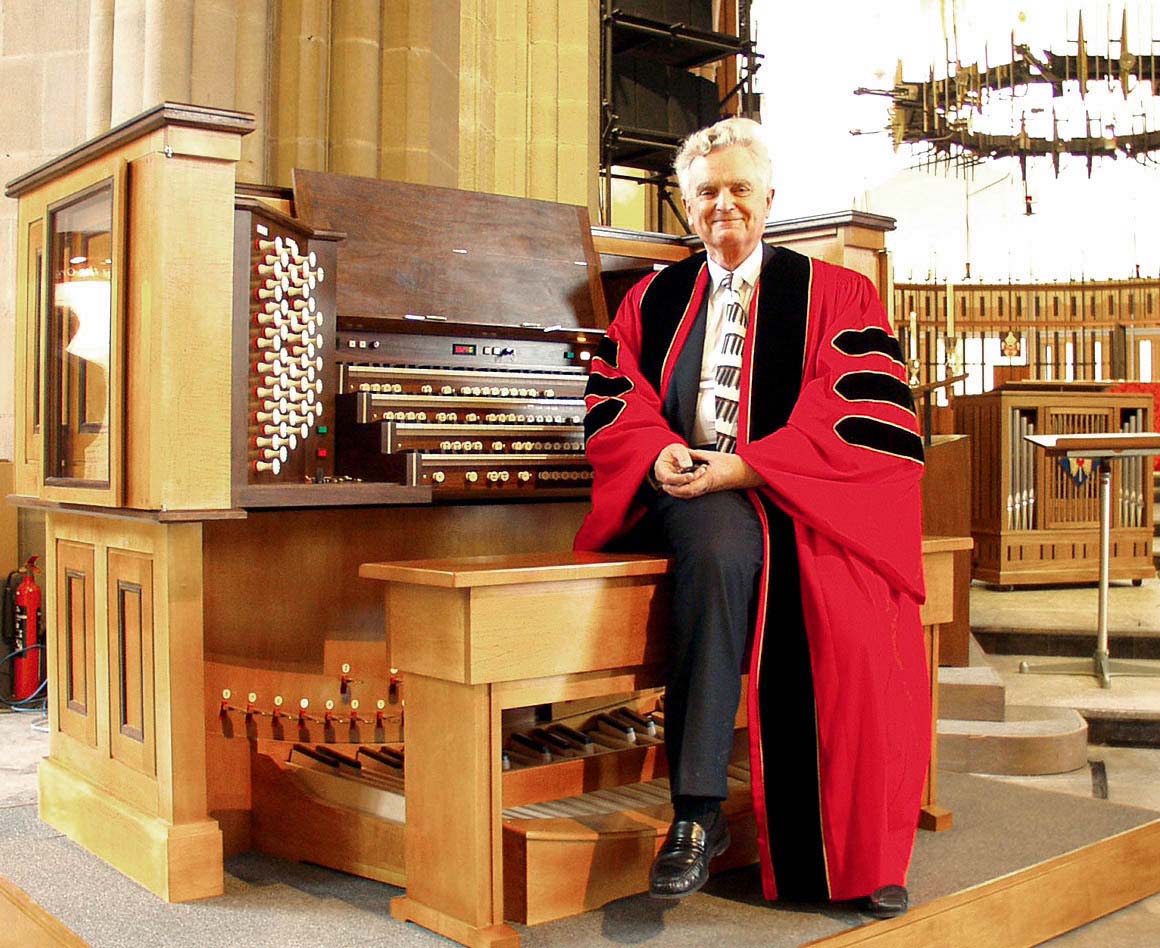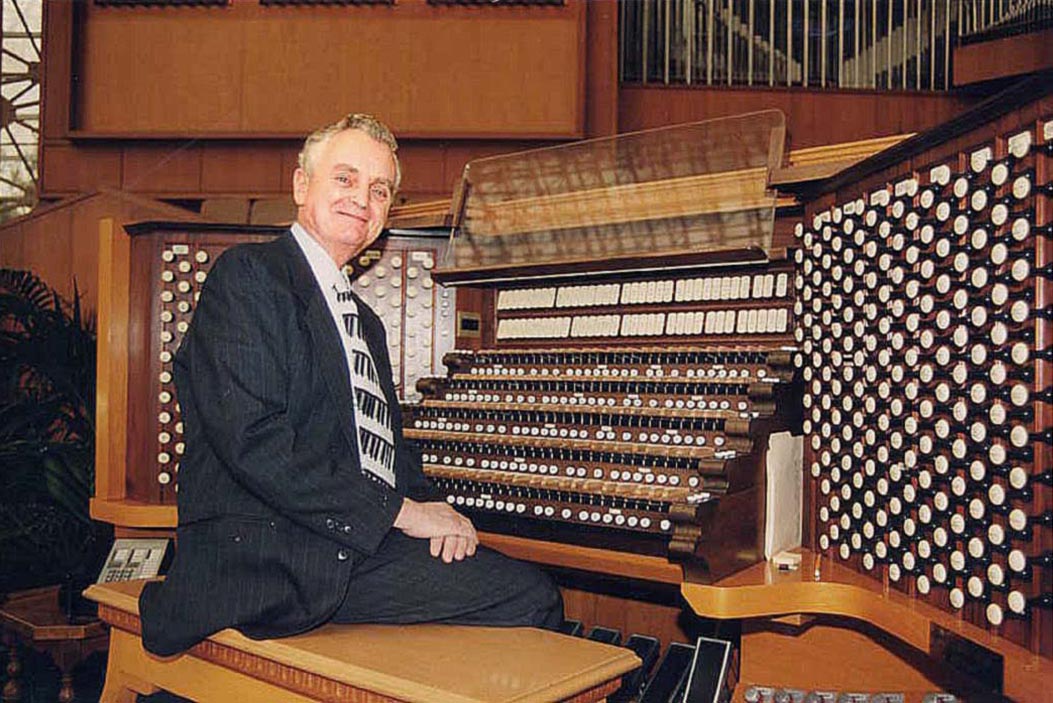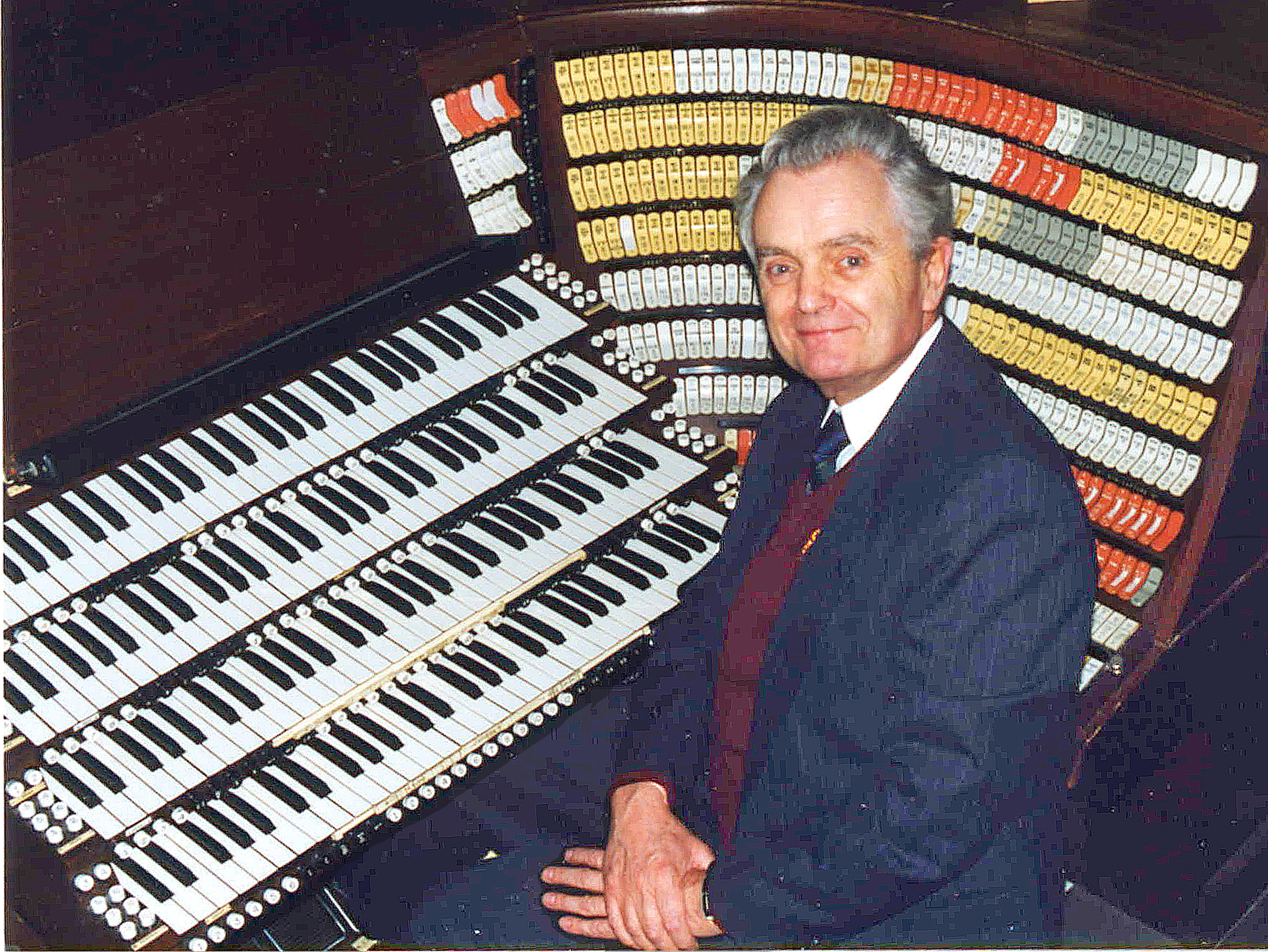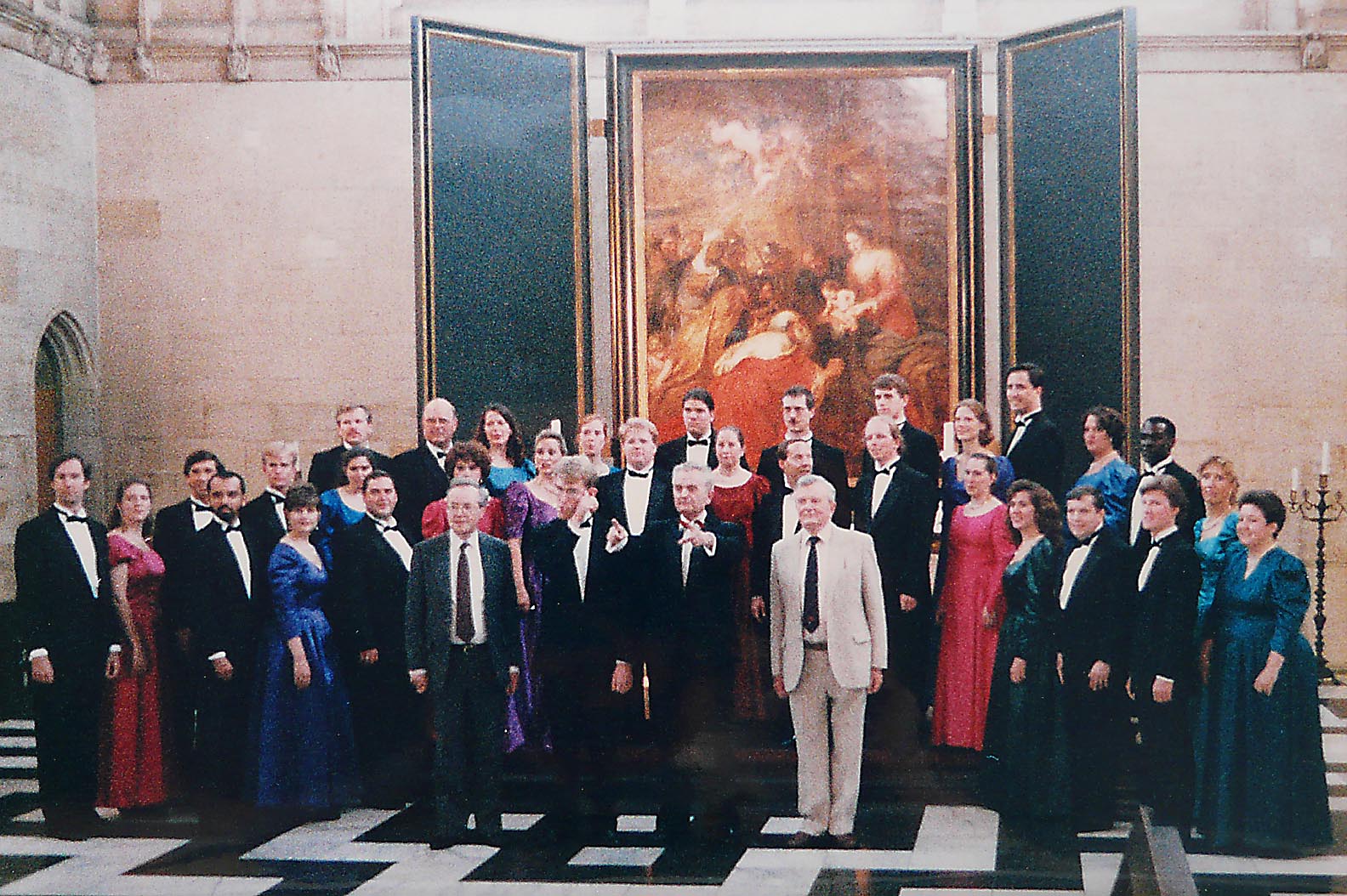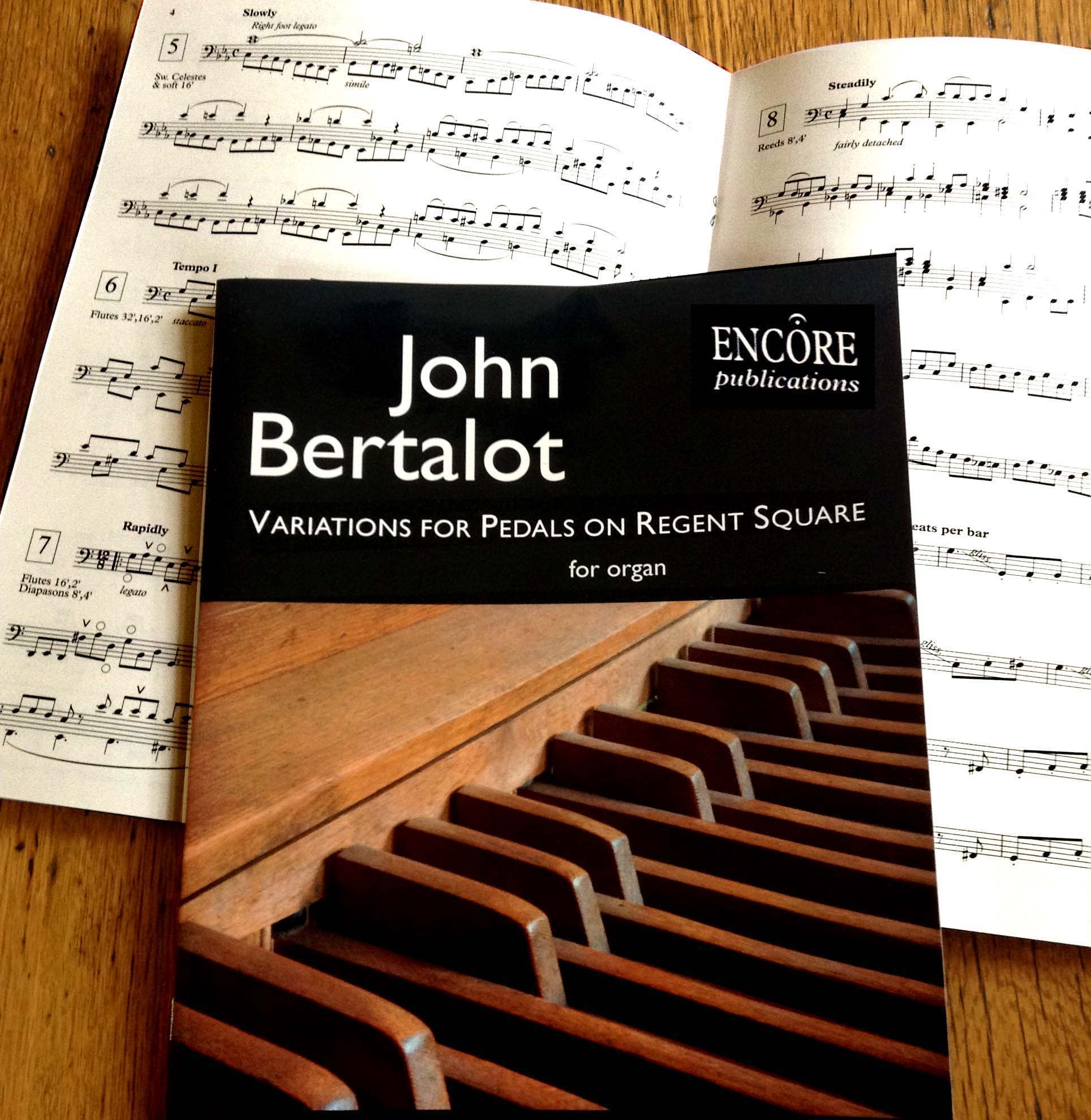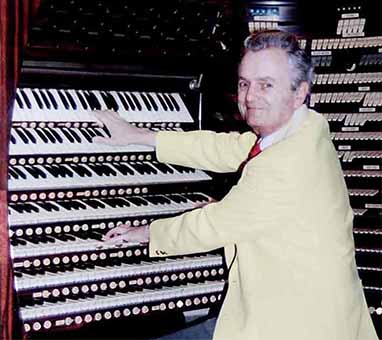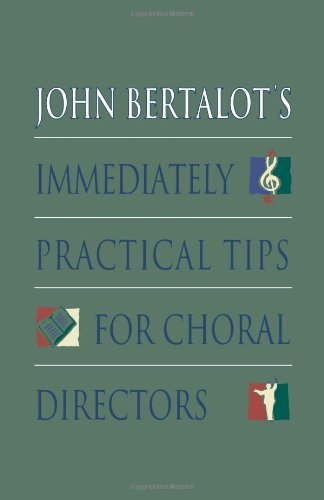How to transform your choir
and fill your stalls with
enthusiastic singers
3. Look!

Dr. John Bertalot
Organist Emeritus, St. Matthew's Church, Northampton
Cathedral Organist Emeritus, Blackburn Cathedral, UK
Director of Music Emeritus, Trinity Episcopal Church, Princeton NJ, USA
Do I really look?
How many of us look at individual singers when we’re rehearsing our choirs? Probably most of us would say, ‘Of course I do!’ But from my observation of professional and amateur choral conductors in many parts of the UK, the USA and elsewhere, very many choirmasters spend more time looking at their music than at their choirs – and they don't know it!
Not looking at our singers does nothing to encourage them to give of their best, for we aren’t communicating with them. We may think we are but we’re not. This lack of creative communication between conductors and singers in rehearsals will steadily erode their enthusiasm, and unpunctuality and irregular attendance may well result.
I was talking to a well-known choral conductor recently and she agreed with me that conductors should look at their singers – but when I’ve watched her conduct, she always drops her eyes to the music at the point when her singers ‘come in’. She even conducts final chords whilst looking at the music – and she doesn’t realize it! Many of her distinguished colleagues do the same.
I recently played for a service in Blackburn Cathedral which was sung by a visiting church choir. At the end of the rehearsal their conductor asked me if I had any suggestions to make. ‘Yes’, I replied, ‘why don’t you look at your choir when you’re conducting?’ ‘I know I ought to,’ he said, ‘I’ve read in your books that it’s important to do that.’ In other words he knew what he ought to do (don’t we all?) but hadn’t got round to doing it.
For most of the service he again had his head in his music, but at one point he remembered what I’d said and looked at his singers for a whole minute. The immediate difference in the choir’s attitude was amazing; their singing was transformed, they suddenly came to life and sang with unanimity and commitment.

Listen with your eyes!
A most helpful sentence I’ve come across recently is, ‘Listen with your eyes!’. It is our eyes which communicate with our choirs, our hand movements are of only secondary importance.
I’ve conducted Stanford’s three motets at services and concerts for over forty years; but when my Princeton Singers gave a concert in the USA a few years ago, I discovered that I’d forgotten to bring that music with me. Therefore I looked intently at my singers all the time. That was the best performance of those motets I have ever conducted. Why? Because I continually communicated with my eyes with every singer and was able, therefore, to control every nuance. Eye contact is the secret of creative conducting.
Do I inspire my singers?
Dare we conduct a well-known set of responses, or Jesu Joy, or Stanford in C from memory? Conductors are not just human metronomes whose function is to keep the regular beat going; we’re there to inspire our singers to sing even better at the performance than they did at their rehearsals, and we can’t do that if we don’t look at them.
Do we look at our singers in rehearsals or are our eyes glued firmly onto our music? I’ve watched several professional choral conductors who hardly ever glanced at their singers in rehearsals. They thought that because they, the conductors, are trying hard, their singers must be trying equally hard, but that is not necessarily so. Those conductors looked so intently at their own music that they weren’t aware that some of their children may be chewing gum (I saw that once!) and others yawning.
All singers have to be motivated to sing well – both adults and children, amateurs and professionals – and the only way we can enthuse them is by continually looking at them straight in the face. This challenges them to try harder, but it makes us feel vulnerable. It’s much more comforting for us to look at our music rather than at our singers, for in doing so we feel safe. Our copy is the ‘Linus blanket’ behind which we can hide. We feel musically naked without it.
See at a glance!
The secret of being able to conduct largely from memory is to do our homework so thoroughly that we know exactly what we want to teach. Mark your copies so that you can see at a glance what’s happening during the next few bars, and then consciously look at your singers so that they will know what you’re thinking. Therefore you need only refer to the printed page instead of reading it.

When I‘ve attended concerts sung by school choirs, the children nearly always sang from memory, but their conductors invariably had the music in front of them. Why? Surely the teacher should know the music better than the children? She should be there to inspire them by the lively expression on her face, not just to beat time. And she may not be aware that the children aren’t following her beat anyway, but following the piano.
Where do you look during long introductions?
When there’s a long introduction to an anthem, such as Parry’s I was glad, where should the conductor look? Look at your accompanist or orchestra to begin with, but thereafter look at your singers to enable them to anticipate the spirit of their first entry. It’s up to the conductor to build up a sense of excitement in his choir during those opening bars so that the singers will be wholly prepared to burst in triumphantly with heart and voice.
Much of a successful performance is to do with creative anticipation. Most conductors I’ve watched in such circumstances only look at their singers a bar or so before they are due to ‘come in’. That’s far too late!
When we conduct from memory, so as to look more creatively at our singers, we may be surprised how much better our choirs will sing for us. And if we continue to do this, we may find that our singers’ increasing enthusiasm and commitment may even encourage them to come to rehearsals more punctually.
Try it!
© John Bertalot, Blackburn 2013
